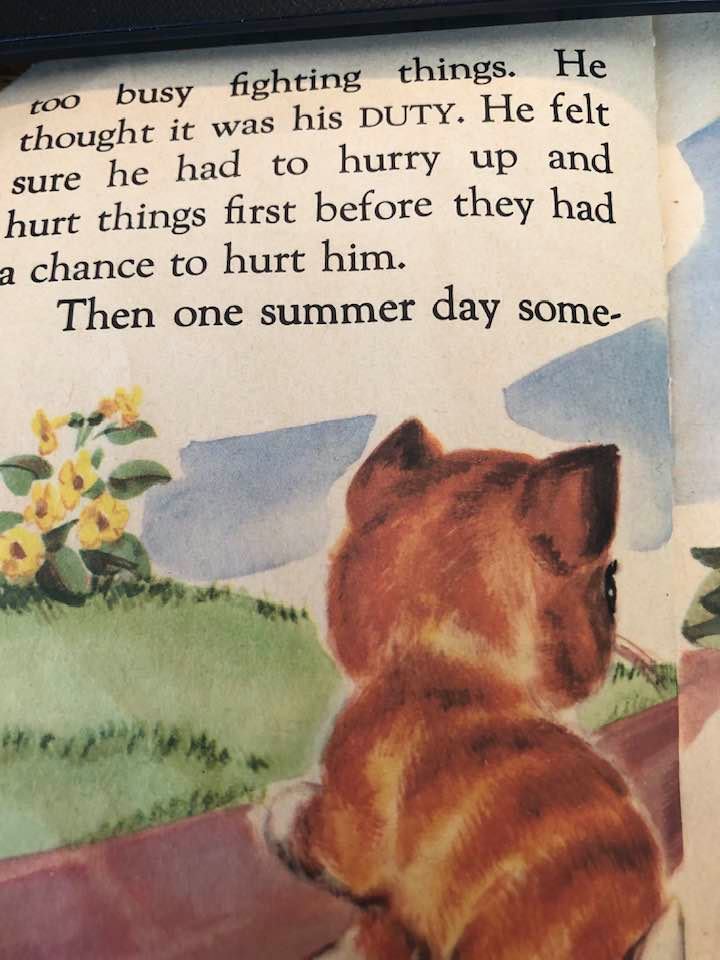The Fox Hunt and Fidgety Kids
Fidgety Foxes
I’m not sure what ended the fox hunts, but I was immeasurably disappointed that I never got to participate. I heard about those fox hunts from my older siblings and couldn’t wait until I was old enough. Sadly, by the time I was old enough, the Fox Hunts were no more.
The Fox Hunt was the brain child of one of the teachers in my school. When there is no school secretary nor an aide in the classroom, paperwork and grading sometimes trail behind education. Not only did she invent the game, she promoted it as physical exercise and skilled sleuthing! In actuality, its purpose was to get students out of the school and give her time to diminish the pile of paperwork on her desk. The fox hunt worked best in the winter when students felt stifled being inside because of snow and temperatures. It also worked well in the spring when spring fever hit the school with a vengeance and students wanted to be outdoors instead of cooped up inside after a hard winter.

Preparing the Hunt
The teacher chose one, two, or three older students (always older boys) to be the “foxes”. Before their departure, they showed the other students the bottom of their shoes. The “hounds” took careful note of the treads for their hunt. The foxes were sent outside with free reign for twenty or more minutes. Blinds were drawn to prevent the hounds seeing the direction the foxes went.
The foxes had a boundary perimeter of nearly a mile on all sides, but they were not allowed the cross the main roads. Consequences of failing to stay inside the boundary promised loss of Fox privileges forever. Everybody wanted to be the fox! After the designated time allowed, the remaining students slipped outside to begin the hunt. The hounds did their best to track the foxes. Everybody knew the foxes usually headed for the furthermost boundary – but which direction did they go?!
 If the hounds were lucky, they could track the foxes. Ah, but sometimes the foxes re-traced their steps or circled in many directions, so following the tracks proved worthless. Sometimes, the foxes hid in a far-off corner, waited until the students passed them, then circled back to hide in the shrubbery right beside the school. The hunt might take an hour or more, and the teacher used that time to tackle the mountain of paperwork on her desk.
If the hounds were lucky, they could track the foxes. Ah, but sometimes the foxes re-traced their steps or circled in many directions, so following the tracks proved worthless. Sometimes, the foxes hid in a far-off corner, waited until the students passed them, then circled back to hide in the shrubbery right beside the school. The hunt might take an hour or more, and the teacher used that time to tackle the mountain of paperwork on her desk.
Getting Rid of the Fidgety
Teachers in this school knew that parents would not think it was too cold for their kids to be outside in the winter; these kids worked in cold barns doing chores and tended to the woodpiles as well as handling other responsibilities at home. Even in damp spring days, no parent fussed about his child getting wet shoes or falling down in the mud.
When the hunt was over (after the foxes were found), the students trooped back to the school, unloaded their boots, coats, hats, and mittens and enjoyed the warmth of the classroom. Not a single one of them needed a fidget spinner to calm their nerves; they didn’t need screen time to unwind or relax. Nor did they send photos via social media of their hunt. Instead, they described in graphic detail to the students who had been left behind (and to the teacher) where they found the foxes and who saw them first.
When the school day was over, the students bundled up and walked home or climbed on a school bus to be dropped off with mile-long lanes to traverse to get home. There were no long lines of parents parked outside to pick up their kids to take them to another after-school event.
At bedtime, every one of them was ready to hit the sack. Fresh air, plenty of exercise, and using their minds to decipher clues had given them what they needed.
The Difference of Fidgety
While we think we’re so advanced compared to then, we’re missing a lot. As is often the case, our kids are not at fault in this scenario. They adopt our mindset and the schedules we’ve set up for them. They don’t know better, but we, the parents, do.
It’s time we quit blaming the behavior of kids on the kids. Choosing a path that provides the outcome I experienced as a child takes work; oftentimes it means going against the tide of educated, professional folks as well as other parents.
Far too often, we fail to consider the outcome we want for our kids. We live in the now and ignorantly attempt to help our kids have the best life can offer them, a life free from difficulty and disappointment. Sadly for them, this “best” isn’t really the best. We fail to prepare them for real life challenges. We fail to help them develop responsibility, self-reliance, and the satisfaction that comes from giving their strongest effort. Actually, we unknowingly prepare them to be a “taker”, not a “giver” in society. We tell them it’s not their fault until they believe everything they do wrong is someone else’s fault.
We can’t blame the kids. The blame belongs to the parents.









